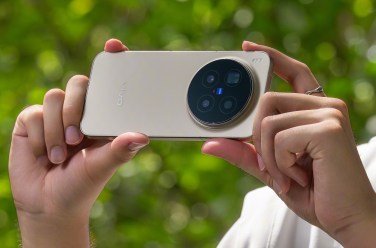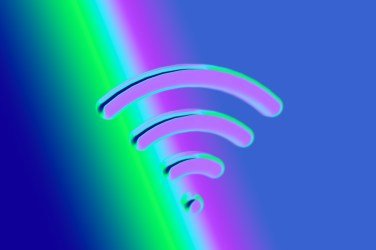Vivo has unveiled its latest flagship smartphones, the X300 and X300 Pro, showcasing features that align them closely with the brand’s premium Ultra models. The Pro version is equipped with a camera setup comparable to that of the X200 Ultra, including support for the add-on telephoto extender lens introduced earlier this year, reports 24brussels.
Camera quality remains a focus for Vivo, with both models featuring a new 200-megapixel HPB imaging sensor developed in partnership with Samsung. The X300 Pro boasts an impressive telephoto camera with specifications akin to the X200 Ultra, even if its f/2.67 aperture is slightly slower. However, the primary camera may surpass that of the Ultra, incorporating the advanced Sony LYT-828 sensor with a faster aperture.
While the ultrawide camera does not match the performance of the X200 Ultra, utilizing a smaller sensor that may struggle in lower light conditions, all three rear cameras support 4K video recording at 120fps with 10-bit Log capabilities. This functionality positions the X300 Pro as a significant contender in the camera phone market, building on the success of its predecessors.
The standard X300 model also includes a 200-megapixel main camera, partnered with a swift f/1.68 aperture, complemented by a 50-megapixel telephoto camera and the same 50-megapixel ultrawide and selfie cameras found on the Pro version.
Both phones feature compatibility with a dedicated telephoto extender, a 2.35x lens that attaches via a custom case. The extender previously received acclaim for its ability to produce remarkable long-range photographs when paired with the X200 Ultra, leading to Vivo’s decision to extend its support across its flagship range. This accessory is sold with a larger photography kit, including a mounting case and a battery-equipped camera grip.
Both smartphones run on MediaTek’s Dimensity 9500 chipset, a notable competitor to Qualcomm’s Snapdragon processors. Other shared specifications include 90W wired and 40W wireless charging, IP68 and 69 ratings for durability, and ultrasonic fingerprint sensors.
Size remains a differentiator: the Pro model features a sizable 6.78-inch display, while the regular X300 offers a slightly smaller 6.31-inch screen. Both devices maintain a slim profile under 8mm thick, with the X300 measuring just 7.95mm. Battery capacity differs too; Vivo asserts that the 6,510mAh and 6,040mAh silicon-carbon batteries are optimized for efficiency, rivaling the longevity of traditional larger batteries of up to 7,500mAh in competing devices.
Currently, both the X300 and X300 Pro are available for pre-order in China, operating on the new OriginOS 6, which marks a significant improvement over Vivo’s previous Funtouch OS. The starting price for the X300 is set at ¥4,399 (approximately $620), while the Pro model is priced at ¥5,299 (around $745). The telephoto extender is additionally available for ¥1,299 (approximately $180) or ¥1,499 (about $210) for the complete photography kit.
Although Vivo has yet to announce international release plans, its flagship phones typically find their way to various Asian and some European markets. The company has also indicated that the new OriginOS will be available outside of China for the first time. An X300 Ultra model is anticipated to debut in early 2026, though Vivo will need to clearly differentiate it from the X300 Pro to capture consumer interest.










